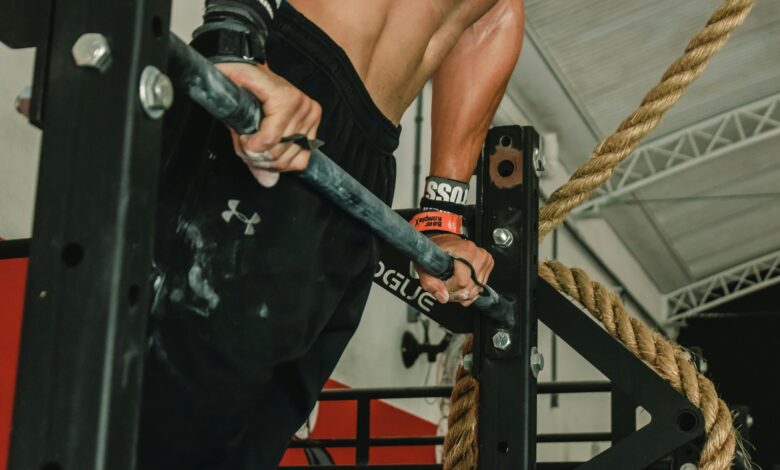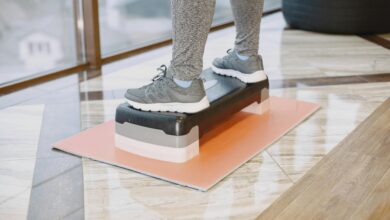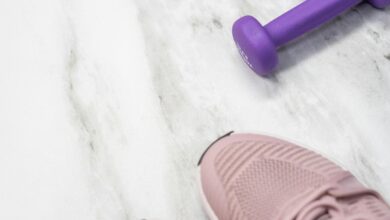The Best Pull-Up Bars for Home Use: A Comprehensive Guide

Pull-up bars are one of the most versatile and effective pieces of fitness equipment you can have at home. They allow you to perform a wide range of exercises that target multiple muscle groups, including your back, arms, shoulders, and core. Whether you’re a beginner or an advanced fitness enthusiast, investing in a high-quality pull-up bar can elevate your home workout routine. In this guide, we’ll explore the best pull-up bars for home use, their features, and how to choose the right one for your needs.
Why Invest in a Pull-Up Bar?
Before diving into product recommendations, let’s understand why a pull-up bar is a worthwhile addition to your home gym:
- Versatility: Pull-up bars support various exercises like pull-ups, chin-ups, hanging leg raises, and more.
- Space-Efficient: Many models are compact and easy to install, making them ideal for small spaces.
- Cost-Effective: Compared to bulky gym machines, pull-up bars are affordable and durable.
- Full-Body Workout: They engage multiple muscle groups, helping you build strength, endurance, and flexibility.
Types of Pull-Up Bars
There are several types of pull-up bars available, each catering to different needs and setups. Here’s a breakdown:
1. Doorway Pull-Up Bars
- Best For: Small spaces, beginners, and those on a budget.
- Features:
- Easy to install without tools (most models).
- Fits securely in door frames using tension or mounting brackets.
- Portable and removable.
- Pros:
- Affordable and convenient.
- No permanent installation required.
- Cons:
- Limited weight capacity compared to wall-mounted options.
- May damage door frames if not used properly.
Top Pick:
- Iron Gym Total Upper Body Workout Bar
- Budget-friendly and easy to set up.
- Supports up to 300 lbs.
- Includes foam padding for comfort.
2. Wall-Mounted Pull-Up Bars
- Best For: Serious fitness enthusiasts and those with dedicated home gyms.
- Features:
- Permanently mounted to walls or ceilings.
- Higher weight capacity and stability.
- Often customizable with additional attachments (e.g., resistance bands, suspension trainers).
- Pros:
- Extremely sturdy and reliable.
- Suitable for advanced workouts.
- Cons:
- Requires drilling and professional installation.
- Not portable or removable.
Top Pick:
- Ultimate Body Press Ceiling Mount Pull-Up Bar
- Heavy-duty steel construction.
- Supports up to 400 lbs.
- Compatible with multiple accessories for varied workouts.
3. Freestanding Pull-Up Bars
- Best For: Those who want maximum versatility without damaging walls or doors.
- Features:
- Standalone structure that doesn’t require installation.
- Often includes additional features like dip bars, push-up handles, and ab straps.
- Adjustable height and multi-grip positions.
- Pros:
- Portable and easy to move around.
- Doubles as a full-body workout station.
- Cons:
- Takes up more space than doorway bars.
- Typically more expensive.
Top Pick:
- Power Tower by Sunny Health & Fitness
- Combines a pull-up bar, dip station, and bench.
- Supports up to 265 lbs.
- Compact design for home use.
4. Multi-Grip Pull-Up Bars
- Best For: Users looking to diversify their grip styles and target specific muscles.
- Features:
- Multiple hand positions (wide, narrow, neutral) for varied exercises.
- Often integrated into larger gym equipment or freestanding racks.
- Pros:
- Enhances workout variety and muscle engagement.
- Ideal for progressive training.
- Cons:
- Can be pricey and bulky.
Top Pick:
- XMark Heavy Duty Power Rack with Multi-Grip Pull-Up Bar
- Sturdy power rack with a built-in pull-up bar.
- Supports Olympic weight plates and other attachments.
- Perfect for strength training enthusiasts.
Key Features to Consider When Choosing a Pull-Up Bar
To ensure you select the best pull-up bar for your needs, consider the following factors:
1. Weight Capacity
Choose a bar that can comfortably support your body weight plus any additional resistance you plan to use (e.g., weighted vests).
2. Installation Type
Decide whether you prefer a portable, tool-free option (doorway bar) or a permanent setup (wall-mounted or freestanding).
3. Grip Options
Look for bars with multiple grip positions to target different muscle groups effectively.
4. Durability
Opt for high-quality materials like steel or reinforced metal to ensure longevity.
5. Space Constraints
Measure your available space before purchasing. Doorway bars are ideal for small areas, while freestanding units require more room.
6. Additional Features
Some bars come with extras like resistance bands, ab straps, or dip handles, which can enhance your workouts.
Top Recommendations Across Categories
Here’s a quick summary of our top picks based on different user preferences:
| Category | Product Name | Weight Capacity | Key Features |
|---|---|---|---|
| Doorway Bar | Iron Gym Total Upper Body Workout Bar | 300 lbs | Tool-free, adjustable, budget-friendly |
| Wall-Mounted Bar | Ultimate Body Press Ceiling Mount Bar | 400 lbs | Durable, customizable, professional-grade |
| Freestanding Bar | Power Tower by Sunny Health & Fitness | 265 lbs | Full-body station, compact design |
| Multi-Grip Bar | XMark Heavy Duty Power Rack | 750 lbs | Integrated rack, versatile, heavy-duty |
Tips for Using Your Pull-Up Bar Safely
Once you’ve chosen your pull-up bar, follow these safety tips to maximize its benefits:
- Warm Up Properly: Perform dynamic stretches to prepare your muscles and joints.
- Use Correct Form: Avoid swinging or jerking motions; focus on controlled movements.
- Check Stability: Ensure the bar is securely installed or positioned before use.
- Start Slow: If you’re new to pull-ups, begin with assisted variations or negatives.
- Maintain Regular Maintenance: Inspect your equipment periodically for wear and tear.




